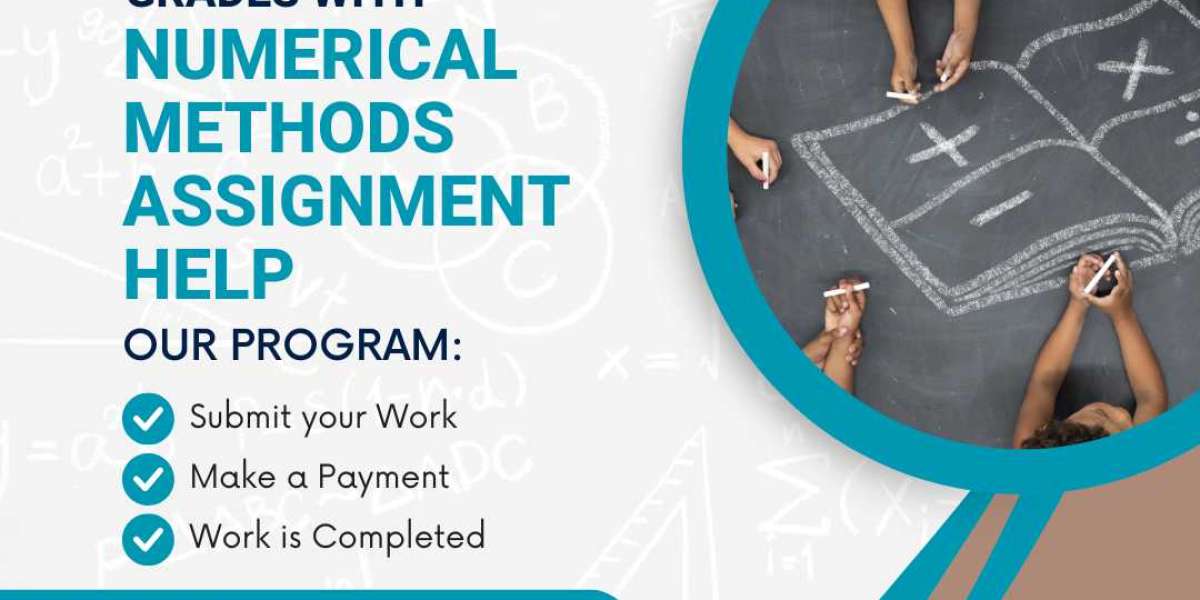Completing a manuscript is an exciting achievement for any writer, but the work doesn't stop there. Before submitting your manuscript to a top book editor, it's essential to refine it through self-editing. While this task can seem daunting, self-editing is a crucial step to ensure your writing is polished, clear, and compelling. Below are practical tips that will help you effectively self-edit your book manuscript and take it to the next level.
1. Take a Break Before You Begin
After completing the first draft, it’s tempting to dive straight into revisions. However, taking a break allows you to distance yourself from the manuscript and return to it with fresh eyes. Whether it’s a few days, weeks, or even a month, stepping away will help you see the manuscript more objectively. This objectivity is crucial for catching mistakes and weaknesses in the story or structure that you may have missed.
2. Read Through the Manuscript in Full
Once you're ready to begin the self-editing process, start by reading the entire manuscript from start to finish. Avoid the temptation to make detailed edits at this stage. Instead, focus on the big picture. This read-through is for identifying overarching issues with structure, plot development, pacing, and character consistency. Take notes on any scenes that feel awkward or any parts of the plot that don’t quite flow.
During this stage, ask yourself:
- Does the plot make sense?
- Are the characters' motivations clear and believable?
- Is the pacing appropriate for the story?
- Are there any plot holes or unresolved threads?
3. Focus on Structure and Flow First
Structural editing is the first major phase of self-editing, and it involves making sure that your book’s foundation is solid. Look at the structure of each chapter and scene to ensure they contribute to the overall story arc. Some questions to ask include:
- Does each chapter advance the story?
- Are there any scenes that feel unnecessary or repetitive?
- Does the story start in the right place? Sometimes, the first chapter is more of a warm-up and can be trimmed or moved.
Fixing structural issues may involve cutting out or rearranging entire chapters or sections. Don’t be afraid to make these big changes now—waiting until later in the editing process will make it harder to overhaul the story.
4. Edit for Pacing and Consistency
Pacing refers to the speed at which the story unfolds, and maintaining the right pace is critical for keeping the reader engaged. Books that drag in certain parts or rush through important moments can lose the reader’s interest. When self-editing, consider whether scenes are balanced. Are some scenes overly detailed while others are glossed over too quickly? Ensure that important plot points get the attention they deserve and that less critical scenes don’t take up too much space.
Also, check for consistency throughout the book. Ensure that characters' appearances, personality traits, and motivations remain consistent from beginning to end. Continuity errors—like a character’s eye color changing or inconsistencies in the timeline—can confuse the reader and take them out of the story.
5. Focus on Dialogue
Dialogue is an essential element of storytelling, so take the time to scrutinize the conversations between your characters. Good dialogue should sound natural while also serving a purpose—whether it’s moving the plot forward, revealing character, or adding tension. Ask yourself:
- Does the dialogue sound realistic for each character?
- Is there too much exposition or info-dumping in the dialogue?
- Are there any lines that sound forced or out of character?
If a conversation feels flat, consider whether you can show the information in a different way. Sometimes, action or body language can replace unnecessary dialogue, making the interaction more dynamic.
6. Trim Redundancies and Filler Words
As you dive into line editing, keep an eye out for redundant phrases and filler words that don’t add value to your writing. Common filler words like "very," "just," and "really" can often be cut without altering the meaning of a sentence. Similarly, remove any unnecessary adjectives or adverbs, as they can weaken your prose. Opt for stronger verbs and more specific nouns instead.
For example:
- Weak: She walked very slowly.
- Stronger: She trudged.
Additionally, look out for repetitive phrases or concepts that are mentioned more than once. Readers don’t need to be reminded of the same detail multiple times; trust that they’ll pick up on it the first time.
7. Watch Out for Passive Voice
In most cases, active voice makes writing more engaging and direct, while passive voice can make sentences feel weak or unclear. When self-editing, aim to replace passive voice with active voice wherever possible. Passive voice occurs when the object of an action is placed before the action itself, making the sentence less immediate.
For example:
- Passive: The book was read by her.
- Active: She read the book.
While passive voice can be useful in some contexts, such as when the focus is on the action rather than the subject, it’s often overused in early drafts. Changing passive constructions to active voice can make your prose more lively and engaging.
8. Check for Grammar and Punctuation
While structural issues and flow are more important during early self-edits, grammar and punctuation become critical as you move further into the editing process. Mistakes like misplaced commas, incorrect verb tenses, or subject-verb agreement errors can distract readers and make your writing feel unpolished. Use tools like grammar checkers or style guides to help with this stage, but also trust your own judgment—automated tools aren’t perfect.
Pay particular attention to:
- Comma usage: Are you overusing or underusing commas? Make sure commas are placed correctly for clarity and flow.
- Verb tense: Ensure that you're consistent with your verb tenses. Switching between past and present tense within the same scene can confuse readers.
- Apostrophes: These are commonly misused, especially in contractions and possessives. Double-check that you’re using them correctly.
9. Use the “Show, Don’t Tell” Rule
One of the most important principles in writing is “show, don’t tell.” This means that instead of directly telling the reader how a character feels or what’s happening, you show it through action, dialogue, and sensory details. This makes the story more immersive and allows readers to draw their own conclusions.
For example:
- Telling: John was angry.
- Showing: John's fists clenched, and his face reddened as he slammed the door behind him.
When self-editing, go through your manuscript and look for places where you may be telling rather than showing. Consider how you can rewrite these moments to be more engaging.
10. Read Your Manuscript Aloud
Reading your manuscript aloud is one of the most effective ways to catch awkward phrasing, clunky sentences, and other issues that might not be obvious when reading silently. When you hear your words spoken, you'll be more attuned to the rhythm of the writing and whether it flows naturally. This technique can also help you identify run-on sentences or sections where the pacing feels off.
You might also consider using text-to-speech software to listen to your manuscript. Hearing your work in a different voice can reveal errors that your eyes might skip over.
11. Get Feedback from Beta Readers
While self-editing is important, you’re still only one set of eyes. After you’ve gone through your manuscript multiple times, consider sharing it with beta readers—trusted individuals who can provide feedback on the story, characters, pacing, and overall readability. Beta readers can offer valuable insights that you might not have considered, and they can help you identify areas where the story might not be working.
When selecting beta readers, choose individuals who are familiar with your genre and target audience. Their feedback will be more relevant to the type of book you’re writing. Be open to constructive criticism, and consider their suggestions carefully, but also remember that it's your story—trust your instincts.
12. Don’t Rush the Process
Finally, don’t rush the self-editing process. It’s easy to become impatient and want to submit your manuscript right away, but taking the time to thoroughly self-edit will only improve the quality of your work. Break down the self-editing process into stages, focusing on different aspects of the manuscript with each pass. By tackling one thing at a time—structure, dialogue, pacing, grammar, and so on—you'll make sure each part of the manuscript gets the attention it deserves.
Conclusion
Self-editing your book manuscript is a challenging but rewarding task. It’s the first step in transforming your rough draft into a polished piece of writing. By taking the time to focus on structure, flow, dialogue, and grammar, and by incorporating feedback from others, you’ll be better prepared to submit your manuscript to a book editor. Remember, editing is a process, and patience and persistence will help you create a book you can be proud of.







